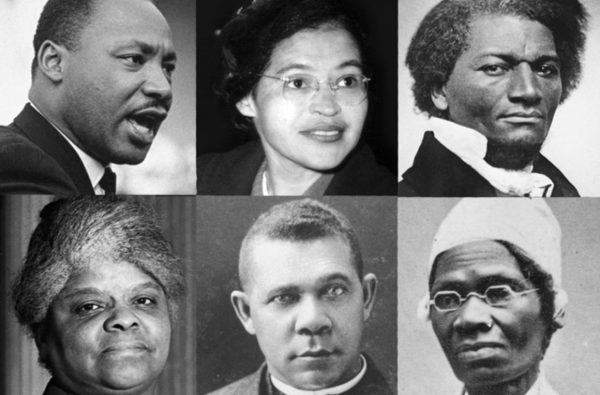The End of China’s One-Child Policy
December 2, 2015
China’s one-child policy was intended for putting a screeching halt unto the country’s exploding population during the middle of the twentieth century, during which the proverb “one in five men in the world is Chinese” still applied. This severe action was seen as only a logical way of increasing economic growth and solving social issues with such a large population, but it, tragically, resulted in millions of forced sterilizations, abortions, infanticide, and marital misery.
After well more than thirty years, the Central Committee of China’s Communist Party announced Thursday, October 29, that it would be putting an end to what is overwhelmingly the country’s most controversial law.
The policy is well known internationally for having caused a huge demographic challenge for China and revealed deeply entrenched traditions of sexism in Chinese culture.
But why has China suddenly decided to do this now? Firstly, China has far too many men in proportion to women. Lonely men wander in staggering numbers; some even resorting to infamous kidnappings of women in the countryside and hinterlands. Secondly, there are too many older people, people unable to fully provide for themselves. On average, there are now five workers supporting one retiree. Thirdly, the younger population is shrinking, and so are China’s prospects for maintain its economic growth as a corollary.
In Szechuan, after an earthquake in 2008 that caused the deaths of 70,000, a grave portion of them children, parents rushed to have surgeries to reverse sterilizations and vasectomies. Such is the pressure of an aging population to secure children to anchor themselves on.
In one case, a miner lost his 16-year-old daughter. He and his wife, quinquagenarians, were desperate. The miner said that his village avoided his family, for his neighbors were afraid to have to care for any “useless carry-ons.” The miner and his wife had lost all social and economic status, for children are usually the only way toward security in most of China.
Most concerning is the relapse into feudal practices not seen in generations in parts of rural China. The notorious chai li or bride price is a rampant scam market that has pushed many thousands to pay several years’ worth of income toward buying a bride that may or may not be given to him.
China’s National Health and Family Planning Commission, in an announcement on its website, said that 90 million couples would be eligible for a new two-child policy. No information regarding when it would be implemented has been released yet.
However, rights groups expressed that the measures do not go far enough, and that it should be rescinded entirely. As for now, families must apply for approval.
Within the next 15 years, China will see a massive burden grow upon its shoulders, 400 million over 60 years of age. The world will look at China’s one-child policy as perhaps the most obscene case of government incompetence and improvidence. The effects of its laws will take decades to finally rebalance China’s demographic quagmire.










